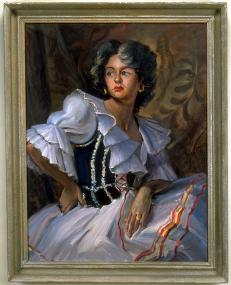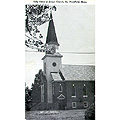
Between 1880 and 1920, over 20 million immigrants entered the United States. These newcomers comprised an amazing 15% of the total population. The arrival of these newcomers evoked a complex response from the "natives" already living there. Themselves part of a nation of immigrants, many Americans reacted with anxiety and hostility to the staggering numbers of new arrivals.
Many immigrants stayed in the port cities where they had debarked. Still others, however, went on to other cities and regions, including southern New England. Some took jobs in factories. Others found work as agricultural laborers. Within a generation, many had started their own businesses and had purchased farms of their own.
These latest newcomers greatly affected the social as well as the economic and political landscape. Immigration almost single-handedly accounted for the tremendous growth of the Catholic Church in the United States during this period. Many American Protestants reacted to these newcomers with a mixture of anti-Catholicism and nativism. As for the American Catholic Church itself, it struggled repeatedly to assimilate new immigrant groups and cultures.
"Polonaise," by Stephen G. Maniatty (1910-1984), 1945-50
See the Digital Collection for further information.
|








